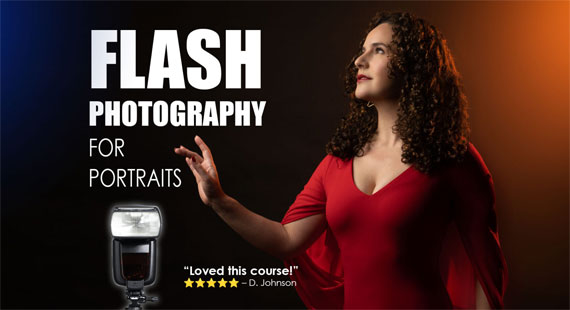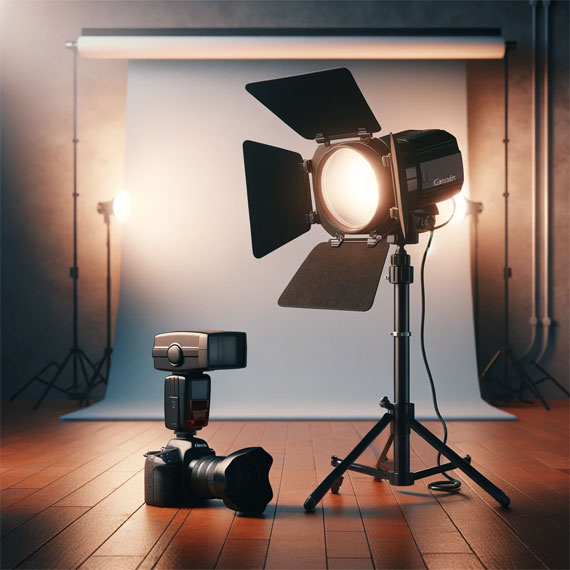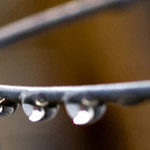When it comes to portrait photography, lighting is a critical element that can make or break your images. Two popular lighting options are speedlights and strobes. Both have their unique features, benefits, and optimal use cases. Understanding the differences between them can help you choose the right lighting for your portrait photography needs.
Related reminder: only a little while left for Flash Photography for Portraits at 67% Off
What are Speedlights?
Speedlights, also known as flashguns or hot shoe flashes, are portable, battery-powered flash units that can be mounted directly onto a camera’s hot shoe or used off-camera. They are versatile and easy to use, making them a favorite among photographers who need mobility and simplicity.
Advantages of Speedlights:
- Portability: Speedlights are lightweight and compact, ideal for on-location shoots or situations where mobility is key.
- Ease of Use: They are relatively straightforward to operate, with many models offering TTL (Through The Lens) metering for automatic flash power adjustment.
- Flexibility: Speedlights can be used on or off the camera, allowing for creative lighting setups and the ability to quickly adapt to changing conditions.
- Affordability: Generally, speedlights are less expensive than strobes, making them a great entry-level option for emerging photographers.
Ideal Use Cases:
- On-location shoots where portability is essential.
- Event photography, like weddings or parties, where quick mobility is needed.
- Photographers looking for an affordable and easy-to-use lighting solution.
What are Strobes?
Strobes, or studio flashes, are powerful lighting units designed primarily for studio or controlled environment use. They require an external power source (though some battery-powered options exist) and offer higher power output compared to speedlights.
Advantages of Strobes:
- Power: Strobes produce much more powerful light, allowing for greater control over ambient light and the ability to illuminate larger scenes or subjects.
- Quality of Light: With the ability to use larger modifiers, strobes can create a softer, more even light, ideal for flattering portraits.
- Faster Recycle Times: Strobes can recharge and be ready for the next flash more quickly at higher power levels, reducing waiting time between shots.
- Consistency: They provide consistent color temperature and intensity, which is crucial for maintaining uniformity in your photos.
Ideal Use Cases:
- Studio portrait sessions where control over lighting is paramount.
- Commercial photography where high power and consistency are necessary.
- High-volume shoots where fast recycle times can improve efficiency.
Making the Choice
When deciding between speedlights and strobes for portrait photography, consider the shooting environment, desired light quality, budget, and the need for portability and speed. Speedlights offer flexibility and mobility for on-the-go photographers, while strobes provide the power and quality desired in controlled environments or more demanding shoots.
In conclusion, both speedlights and strobes have their place in portrait photography. By understanding their strengths and limitations, you can make an informed decision that best suits your artistic vision and practical requirements. Whether you choose the nimbleness of a speedlight or the commanding power of a strobe, mastering your chosen light source will illuminate your path to capturing stunning portrait photographs.
For Further Training:
Are you ready to elevate your portrait photography game and master the art of flash? Whether you’re a complete beginner, a seasoned professional, or a passionate hobbyist, the comprehensive online course Flash Photography for Portraits is here to transform your approach to flash photography.

Flash Photography for Portraits (learn more)
Flash photography can seem daunting at first, but it’s a powerful tool that can dramatically improve the quality of your portraits. For a limited time, the Flash Photography for Portraits course is available for a discount.
Deal ending soon: Flash Photography for Portraits at 67% Off
Like This Article?
Don't Miss The Next One!
Join over 100,000 photographers of all experience levels who receive our free photography tips and articles to stay current:







Leave a Reply